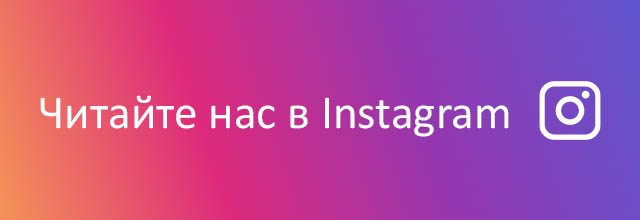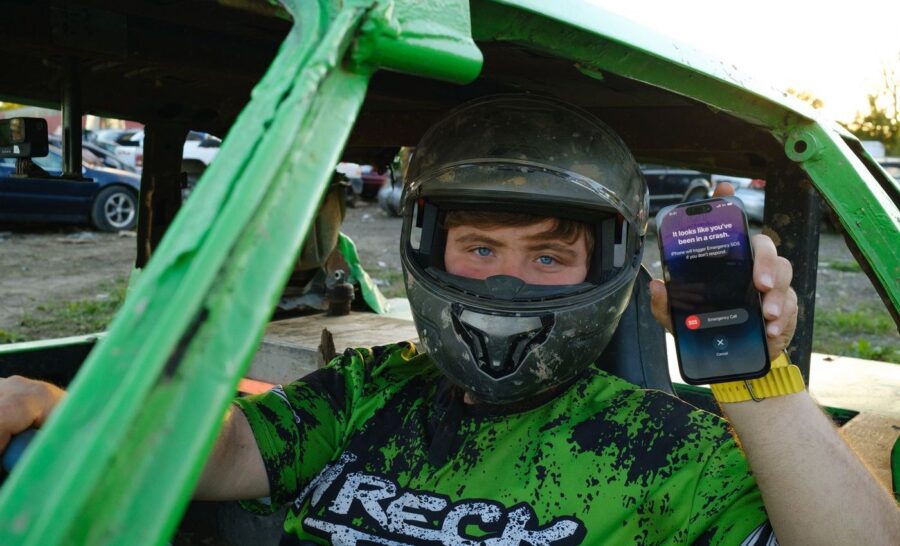Recently, we have already seen the video, where the blogger tested the crash detection function with the new iPhone 14 Pro. Then the smartphone recognized the accident and reacted accordingly. But the circumstances were quite typical. The car was moving and was hit at that moment. But in real life, there can be many more different situations.
The Wall Street Journal tested the new feature in its own way. The plot also involved more devices and even put a person behind the wheel. This is an experienced derby competitor in a car prepared for this, but this is how this test could be carried out safely.
For starters, Michael Berry — the brave derby competitor — sent his car into a 2003 Ford Taurus. Michael was wearing an Apple Watch Ultra, and the iPhone 14 and Google Pixel were fixed in the “cabin”. The iPhone 14 Pro and another Pixel were also left in the middle of Ford. Here, WSJ journalist Joanna Stern immediately pointed out that Apple activates the feature by default, while the Pixel requires it to be enabled manually. Then Michael’s work began.
The head-on collision with Taurus, which was standing still, was recognized only by the watch. With a slight delay of 5-10 seconds, it offered to call for help and started a 10-second countdown to the automatic communication with rescuers. The iPhone didn’t work because it was synced with the watch at that point, and logically there was no absolute need for a second call. Pixel ignored this collision.
But more importantly, the devices in Taurus, too. Smartphones measure acceleration and pressure in the interior and also react to loud sounds. In addition to the same algorithm, the connection to the car and traffic will help to orientate. And Taurus just stood still.
After a couple more attempts, Pixel, which was in Michael’s car, finally reacted to the collision. And Ford’s situation was repeated – silence.
Then the experiment was continued with the larger Dodge Caravan of 2008. Before collisions, it was driven a little so that smartphones could record the movement. The windows were also closed in it, which was not done in the case of the Taurus.
The watch registered the crash again. But in Dodge, none of the phones reacted.
An Apple spokesperson commented on this situation. According to him, in such conditions, the smartphone might not have enough data for the function to work correctly. Again, the smartphone had no connection with the car, and it had not traveled far enough for the smartphone’s AI to be sure of the journey. Google made a similar comment.
That is, the conclusion is simple and quite expected – smartphones will not react to all possible situations. There are cases in which you should not expect a 100 percent response from a smartphone to a road accident. For example, when the user has just left the parking lot and immediately stopped at a red light or in front of a mandatory stop sign, and at that very moment another car crashes into their car from some side, the AI at that moment may not be sure that it happened exactly under driving time.





Loading comments …